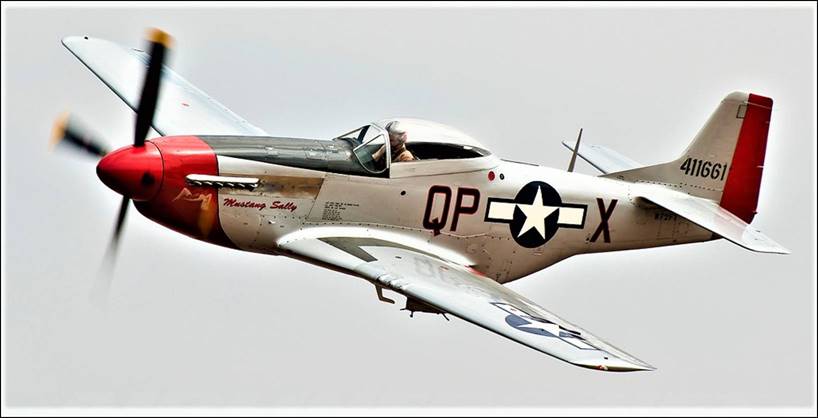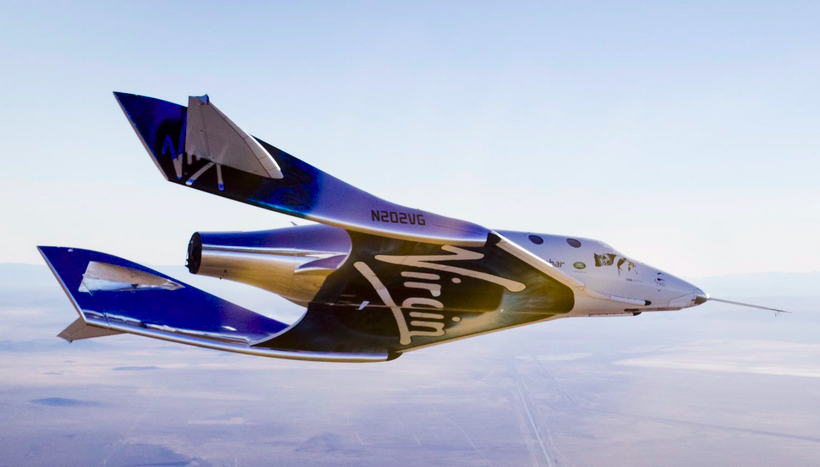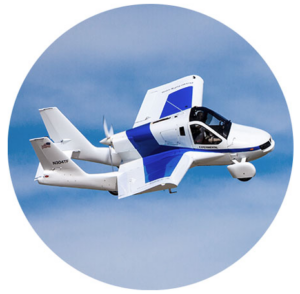For as long as people have existed, curiosity about the lights in the night sky has also existed. Early humans looked up and pondered the purpose of the billions of lights but had no hope of understanding what the lights represented. They did not even have the concept of space travel. However, ancient stone tablets and other archaeological artifacts suggest they had contact with beings from one or more of those lights in the sky.
Stories of beings that came from the sky to help or sometimes enslave early humans persist in our history and mythology. They tell of beings that came from the lights and brought with them technological wonders and great power. The ancient peoples were in awe of this and no doubt confused at what they were seeing. Their attempts at explaining what they saw were for years hard to decode until our level of technology evolved to allow some of the pieces to fall into place.
The stories of what transpired back then are usually considered myths. They sometimes include the reaction of early humans to the superior beings that came from the sky. Ancient humans respected and feared the power possessed by the beings who came from the heavens. This form of respect and worship later evolved into the religions that we have today.
When it comes to technology, we have come a long way since our distant ancestors roamed the earth. The bulk of our technology has only occurred since 1900 and it is accelerating at a rapid rate. Today, we know much more about the universe in which we live, but the wonderment of the lights in the sky continues. Thankfully advances in astronomy are constantly being made that allow us to comprehend just what is out there.
Humankind may be unraveling the mystery of the lights in the sky but perfecting a craft that can take us to those lights is still many years away. It is a good bet that I will not live to that day, but I might live to see the day where some of my fellow earthlings embark on a journey to a planet or a moon other than our own. Mars is the current best choice.
Centuries have now passed since the ancient gods inhabited the planet. It would be interesting to know why they left. During World War II, a significant event occurred for humankind that marked a new beginning for earth-bound humans that could someday allow us to visit them on their home planet.
In the early 1940s, German engineers created a rocket called the V2. Its primary mission was as a weapon of war to destroy enemies at a distance. After the war, it became the key to allow the human race to escape gravity and head into space. We have not yet ventured very far from mother earth, but our baby steps are now turning into bigger steps that will allow us to eventually set out on a journey to the lights in the sky.
So far our space adventures have only been as far as the moon. Our robotic probes have traveled greater distances with one now billions and billions of miles into the cosmos. Until recently, space exploration has come only from governments that could afford to finance the enormous cost involved. maybe that could change?
Strictly speaking, the effort to put a man on the moon was the true beginning of humans venturing into space. That was of course a government undertaking motivated by military necessity but cloaked in the veil of civilian space exploration. No matter what the reason, the need to ensure that the USA was not be left behind in the space race was served. But once we landed on the moon and scared the pants off our enemies the push to space cooled down. It soon ended without a commitment to the next logical step. That left a vacuum, and as Aristotle quite rightly explained, Nature abhors a vacuum.
To fill that vacuum, in 2004 a talented group of people came together in Mojave California to create a project to send civilians into space. Something called the Ansari X-prize motivated them to build a spacecraft to fly to the edge of space and win the 10 million dollar prize. By cosmic standards, this was just a baby step, nonetheless quite significant. I had the good fortune to be there on that momentous day to watch the first non-government space launch that signaled the beginning of a new race to space. I made a video of the event that day in 2004 when Sir Richard Branson saw what Paul Allen, co-founder of Microsoft, and Aeronautical Engineer Burt Rutan created. It was not long before he announced that he would create a new spaceship company called Virgin Galactic to become the space component of his stable of products and services with the Virgin name. There were already Virgin Records, Virgin Airlines, and Virgin Phone services. Now 17 years later Virgin Galactic Spaceways takes its place alongside the other Virgins.
On July 12th, 2021 The Virgin Galactic spacecraft took six people to the edge of space in the first civilian passenger flight. Sir Richard’s dream came true. Soon a robust series of many more flights will follow. These first flights will be more like a carnival ride than anything to do with space exploration. Virgin Galactic reports that over 600 people paid $250,000 apiece for the privilege of taking a one-hour ride to the edge of space and back to earth. That is a lot of money for a flight with no food service–not even a bag of peanuts.
Compared to the NASA flights to the moon, a suborbital flight might seem somewhat insignificant, but it is not. It is a grand achievement on several levels. In addition to paving the way for future space endeavors, civilian space flight is also opening the door to some real-world applications.
The Virgin Galactic flight classified as suborbital means that it did not go into orbit around the earth. It only went up to near space. Offering only a few minutes of zero gravity, the flight glided back to the point of departure. There is an ongoing debate whether it went to space. The debate is fueled by the two men, Richard Branson and Jeff Bezos because they continue to trade good-natured barbs about who has the best flight concept. As I write this the flight of the Jeff Bezos Blue Horizon spaceship is just hours away. Sir Richard Branson’s spaceship already went to the edge of space, which is generally recognized as starting at 62 statute miles above the planet. If this space flight was compared to a ship going to sea, it would be akin to wading ankle-deep into the water then announcing that you went to sea. Nevertheless, it is a true technical achievement and a significant milestone for humankind, but is all this just about taking a joy ride into space?
In the near term, a few more of the Virgin Galactic flights will grab the attention of the press and fascinate the public, but at some point, the flights will become commonplace and fall off the front page. Nevertheless, before the echoes of the flights have faded, other companies might join Virgin Galactic and Blue Horizon to generate their front-page news. That will not matter because the future of the suborbital flights has nothing to do with reaching for the stars, so just like our distant relatives, the early humans, we are still looking at the sky with wonder. Albeit we do however have better viewing devices.
If the flights are not about going to the stars, then what are they about? Well, do you need to fly from Los Angles to Australia? Today, the fastest airliner in service takes 15 to 16 hours to travel from the USA to Australia or various other locations in the region. When you go, be sure to take one of the flights that offer fully reclining seats that turn into a bed. But what if you had the option of making that journey in just a couple of hours? Would that not be an attractive option? Yes, it would, and that is why Sir Richard wants to perfect the suborbital flight environment.
It may turn out that what is required for the two-hour flight to become a reality is a cross between suborbital and orbital flight. What would that even be? With the maiden flight of Virgin Galactic, we witnessed the forerunner for that concept. It is not too difficult to understand the concept, but I have no idea what it will ultimately require to make it work as a commercial enterprise, I do know that the tickets must cost far less than the current $250.000 per seat because even first-class travelers would not want to pay anything close to that price.
I was happy to see Sir Richard accomplish his goal. He might have been a few thousand feet short of passing some arbitrary line in the sky, but his flight ushered in a new era for humankind. Had Unity’s pilots kept the engine on for just a few more seconds, it would have easily reached the target altitude. I suspect that they fell a bit short because they did not account for the extra weight of the additional passengers when determining burn time for the engine. No doubt they have already discussed that situation and the next flight will prove that Unity can go higher. I hope that next time when he is giving praise to those who helped him he will include Paul Allen and Burt Rutan. Without them, his flight would have never happened.
Will other countries find a billionaire to jump into the suborbital game? The civilian space effort would be better if they could. However, without a near-term payback, the entry fee might be unattractive even for the rich guys.
No matter what is in store for the future of the civilian space initiatives, we can still look to NASA to fund the esoteric (costly) space exploration projects. We should also keep an eye on China to see the real competition in space exploration hiding in plain sight. They have already been to the moon and have a robust space exploration schedule that no doubt rivals the USA. The sad part for me is that even with no setbacks, and no hiccups, the point at which humankind will finally be ready to venture to the stars will be too distant for me. In the meantime, like my ancestors, I look at the sky with amazement. I use my mind to conjure up visions of what might exist on a planet orbiting one of those lights in the night sky.
It is now less than 12 hours before Blue Horizon will soar to the edge of space. Once that happens, Jeff Bezos will have put the frosting on the civilian space cake and the undeclared civilian space race will be underway.
–Jim
Update:
The Blue Origin flight was a complete success. It was fun to watch but for something so technically demanding it seemed commonplace. In a moment of glory years of preparation paid off. Now two civilian companies have gone to the edge of space. A true accomplishment, and from this day forward the flights might seem like a normal part of our lives. The next milestone is to put paying passengers on the moon and to begin the colonization of Mars. I look forward to that.
Read about the Virgin Galactic Passenger Flight.




